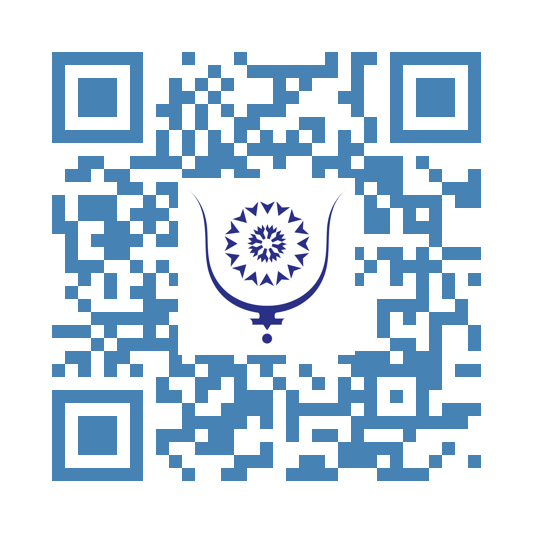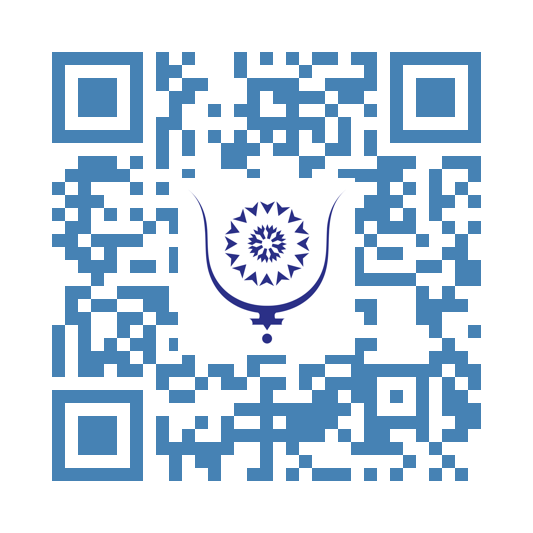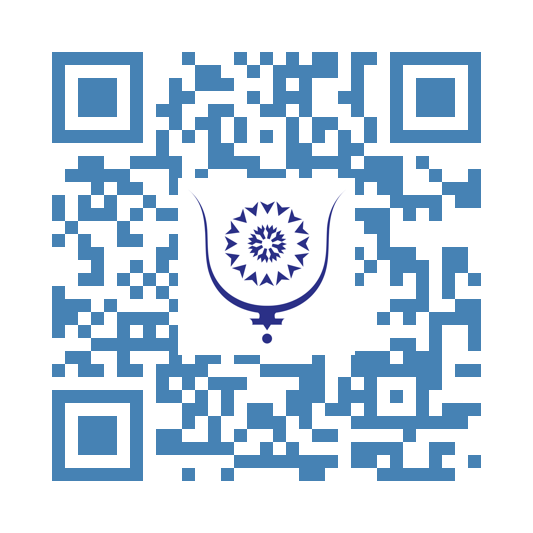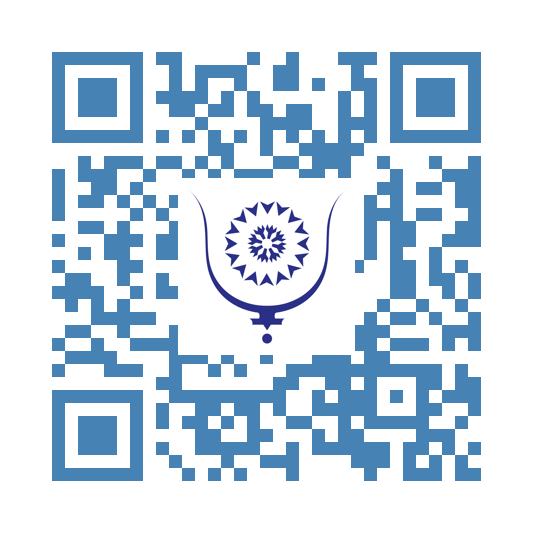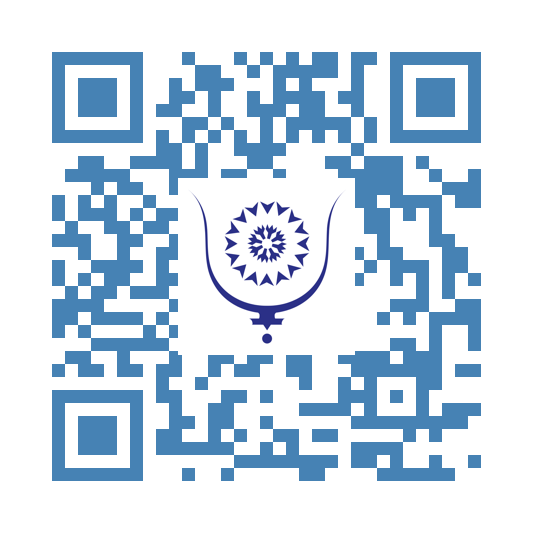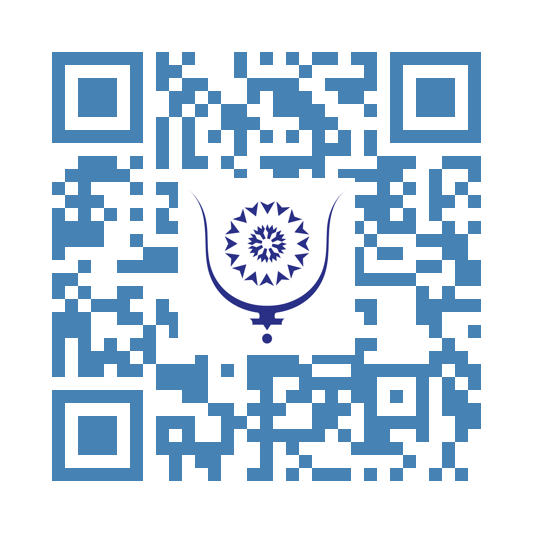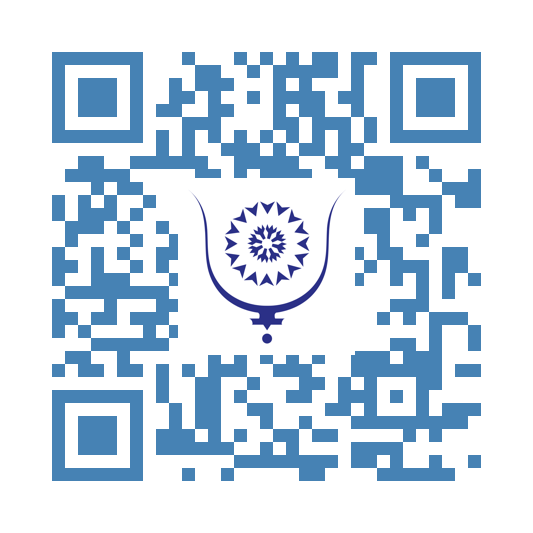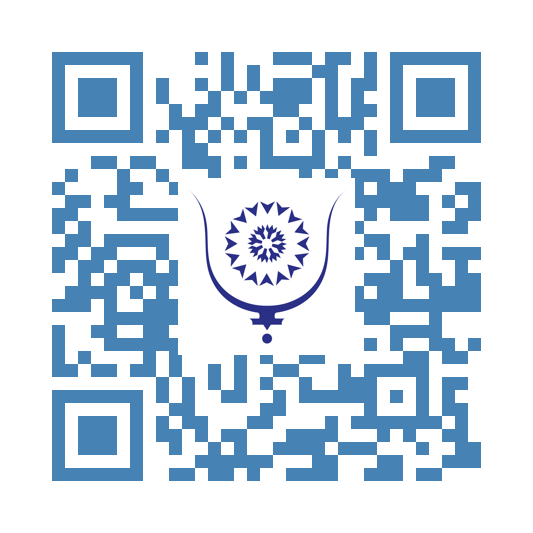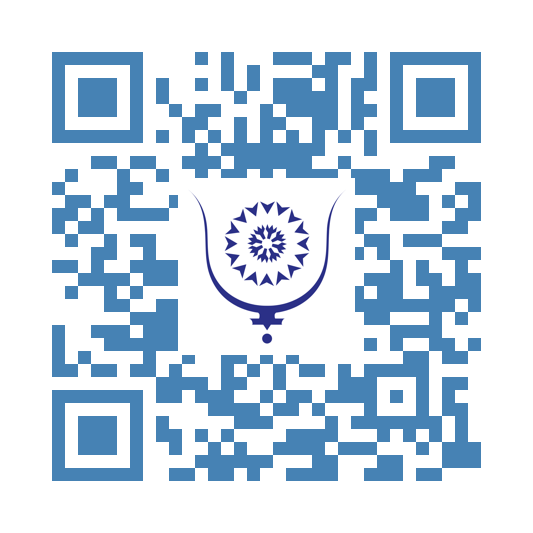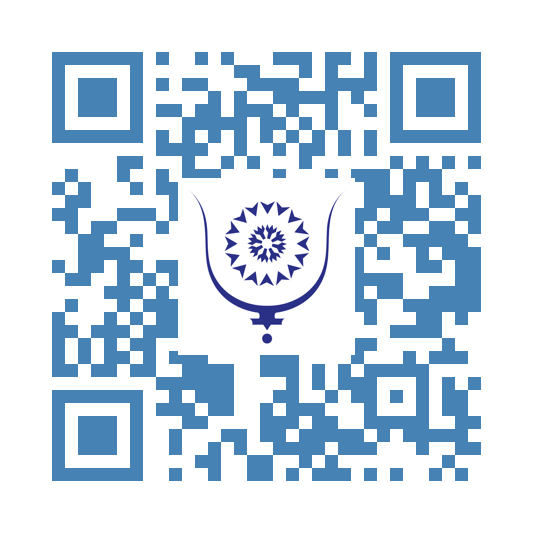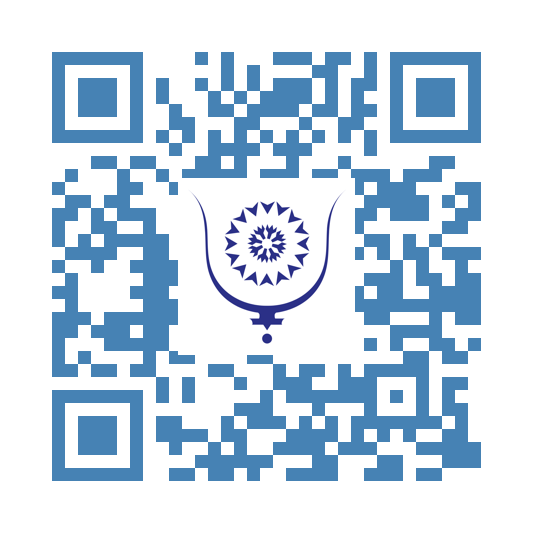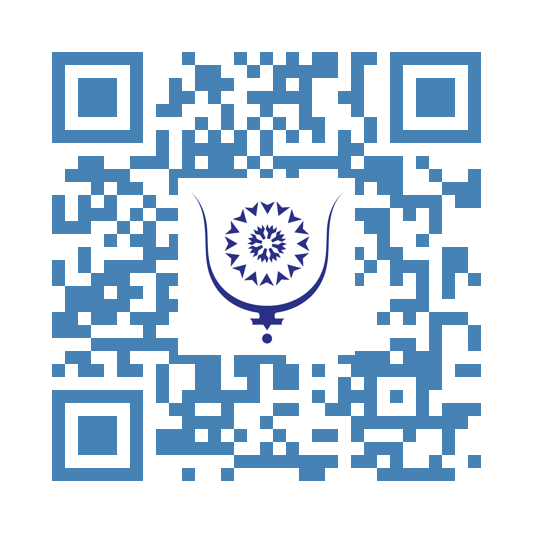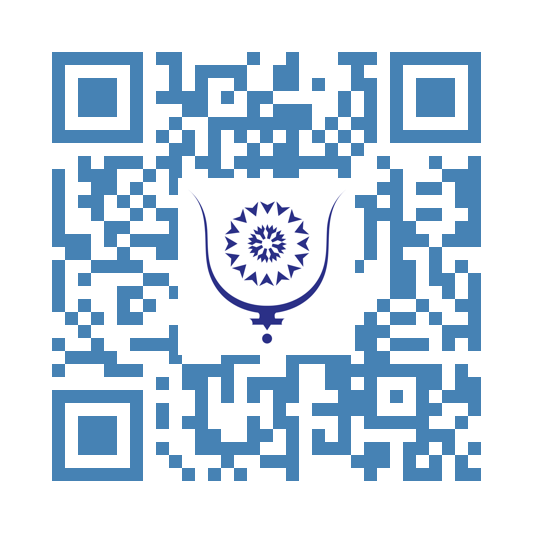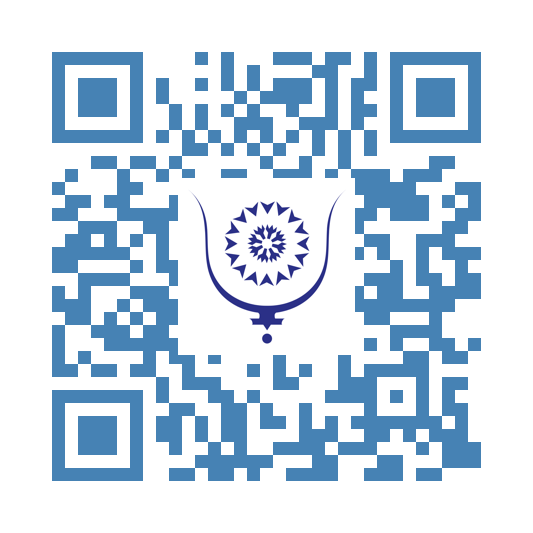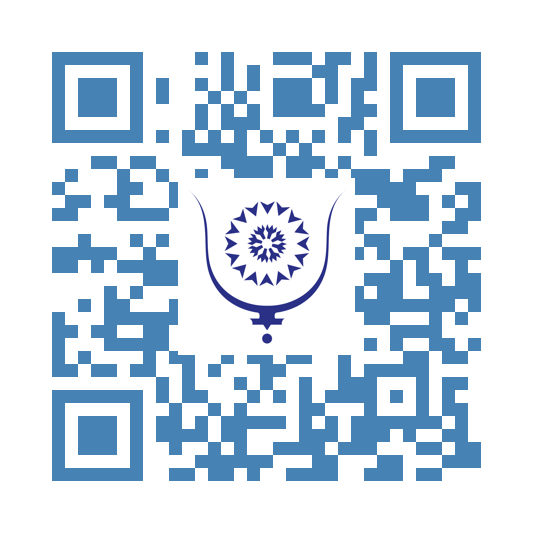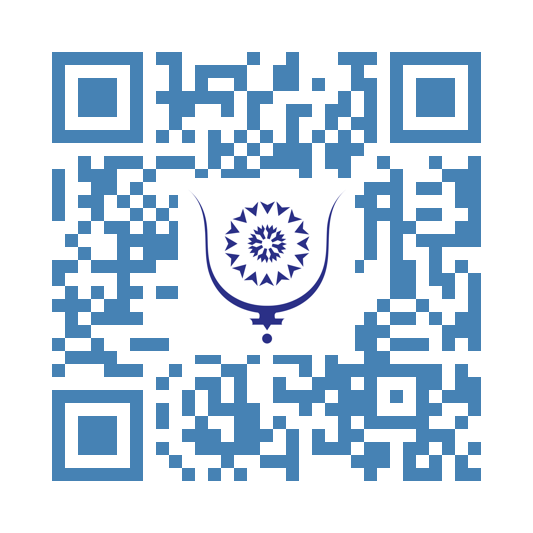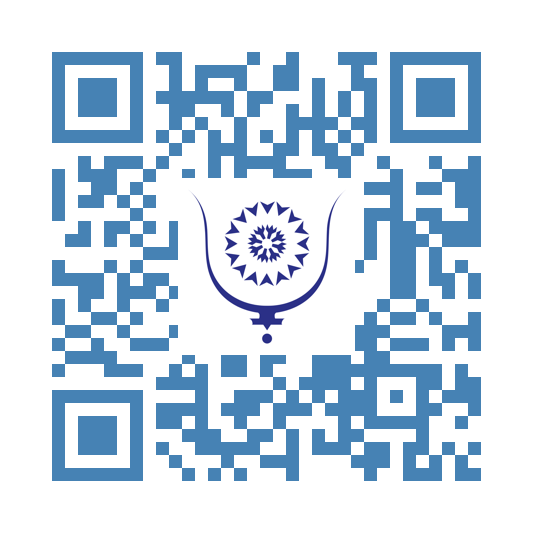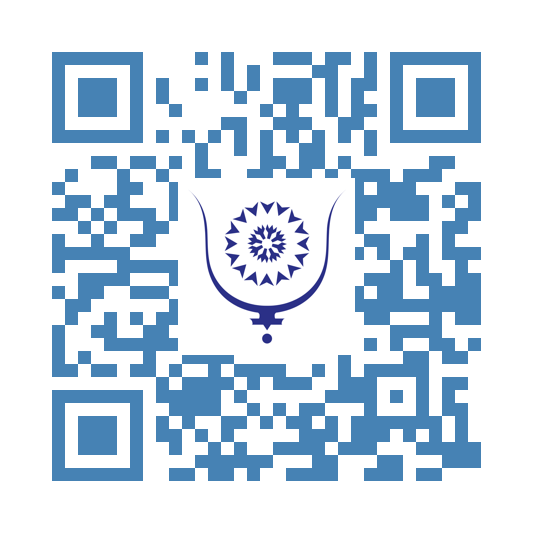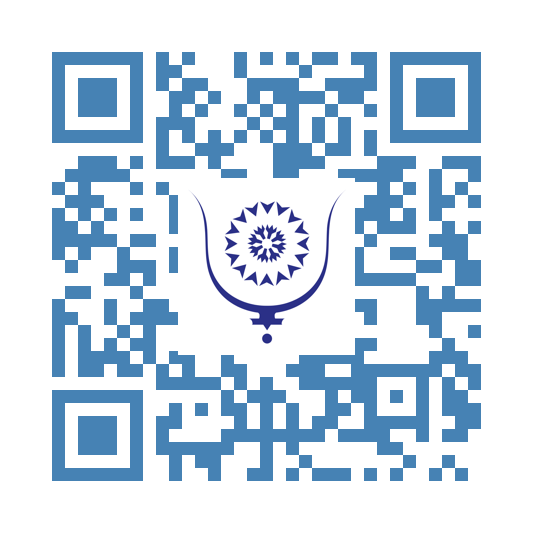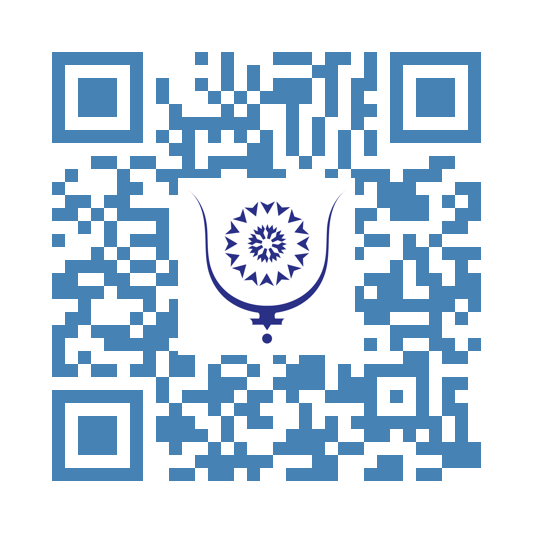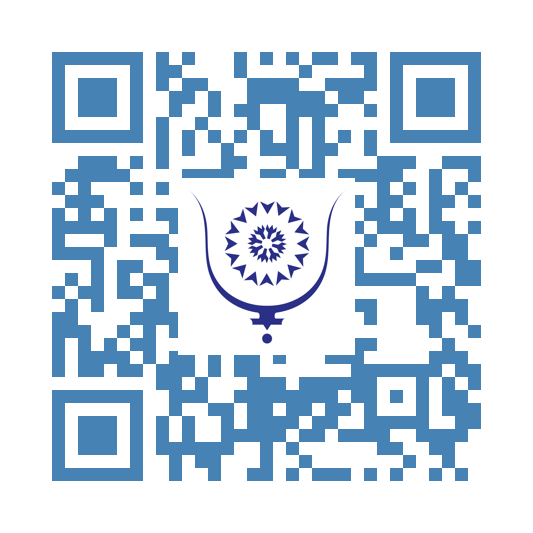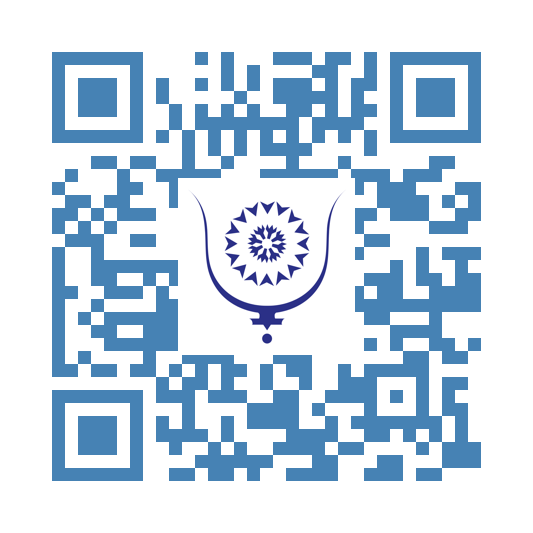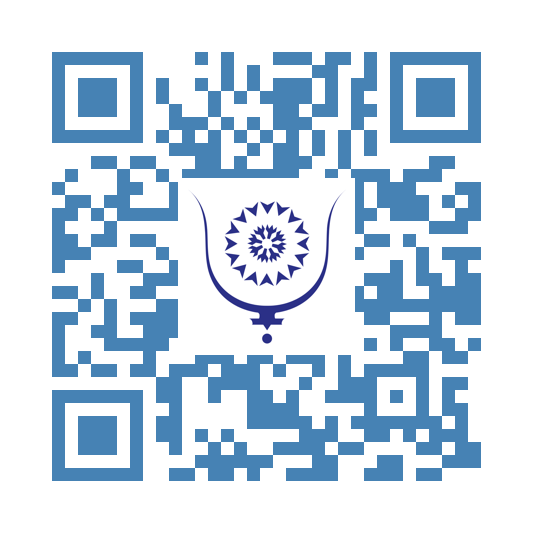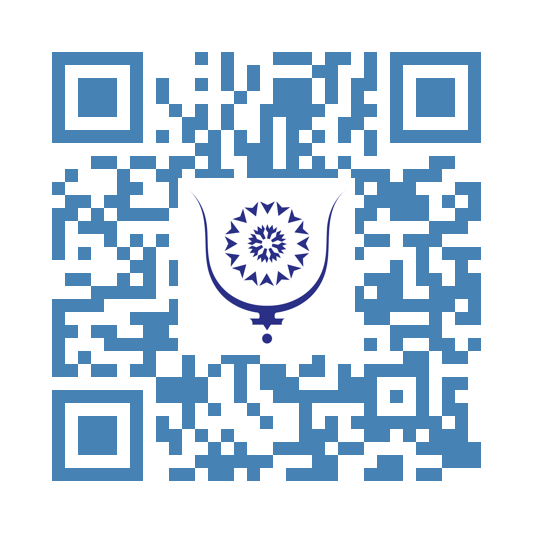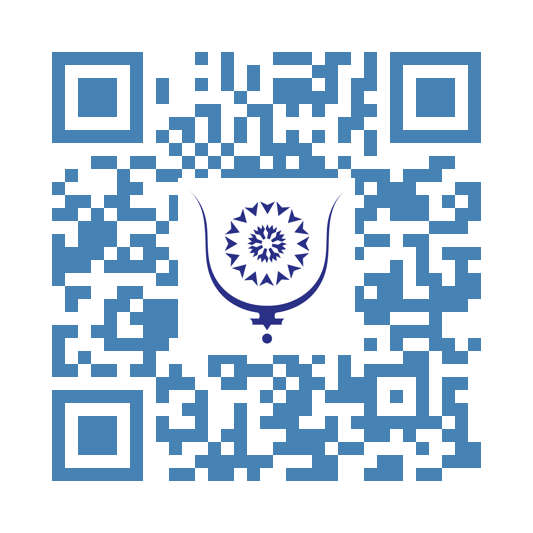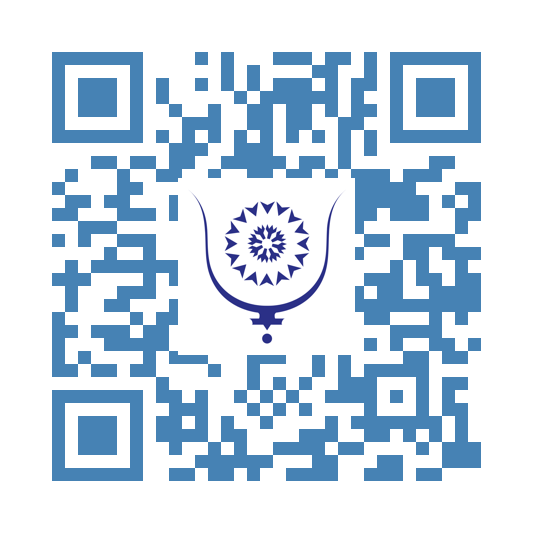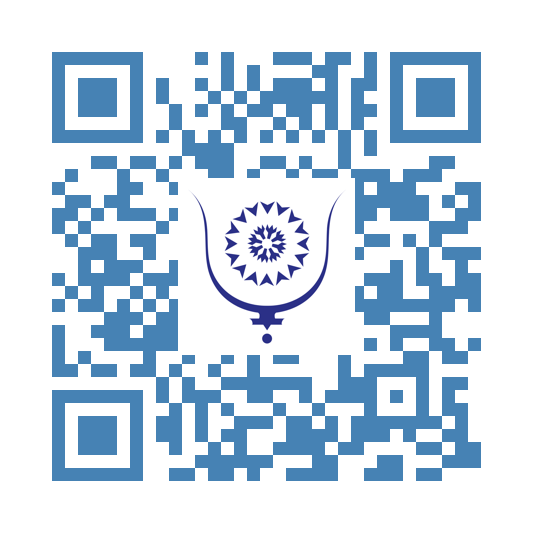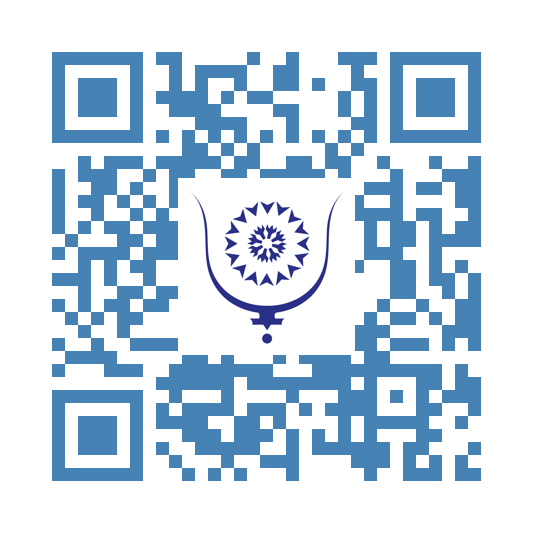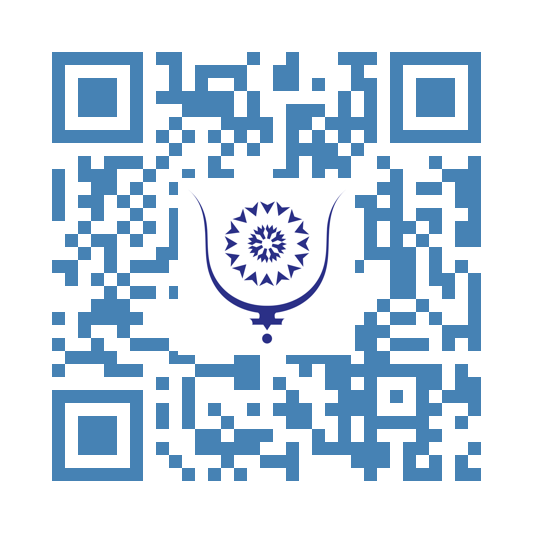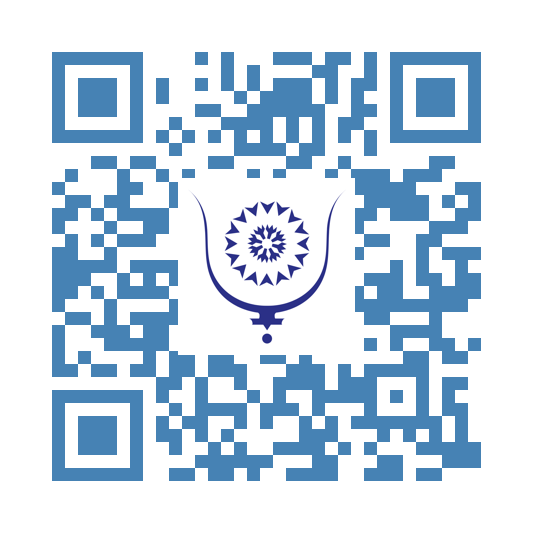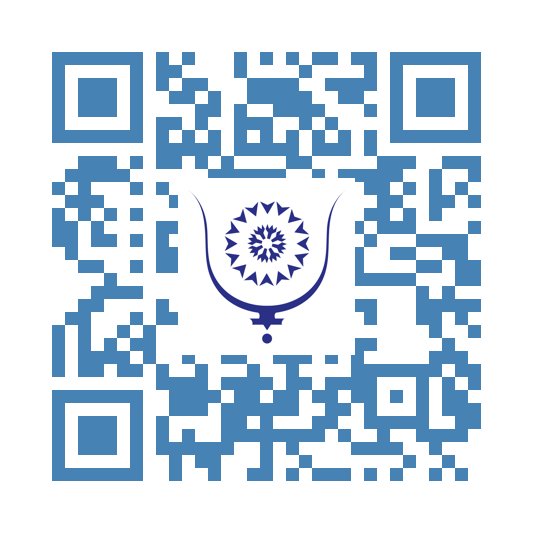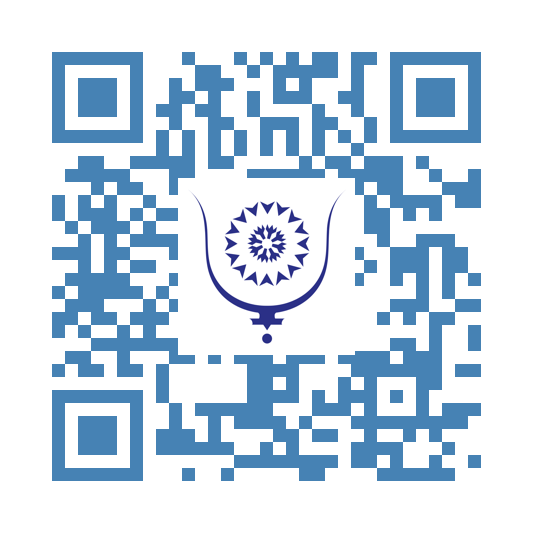Dag van de zeldzame ziekten in Marokko op 24 februari 2024 1557
Dag van de zeldzame ziekten in Marokko op 24 februari 2024
Zeldzame ziekten worden gedefinieerd als aandoeningen die minder dan één op de 2000 mensen treffen.
Het grote aantal, meer dan 8000 reeds geïdentificeerde aandoeningen, betekent echter dat het totale aantal patiënten vaak groter is dan het aantal kankerpatiënten.
Wereldwijd lijden meer dan 350 miljoen mensen aan deze aandoeningen. Dit betekent dat er een op de 20 mensen wordt getroffen.
In marokko zijn er 3 miljoen patiënten die aan een van deze aandoeningen lijden.
Deze ziekten zijn vaak chronisch, progressief en meestal ernstig. De manier waarop deze ziekten zich uiten is zeer divers: neuromusculair, metabolisch, infectieus, immuun, kankerachtig enz.
De Dag van de Zeldzame Ziekten (Rare Diseases Day) wordt elk jaar gehouden op de laatste dag van februari.
Het belangrijkste doel van deze dag is om het bewustzijn over zeldzame ziekten en hun impact op het leven van de getroffenen te vergroten.
Bij deze gelegenheid organiseert de ALLIANTIE VAN ZELDZAME ZIEKTEN IN MAROKKO haar "Dag van de Zeldzame Ziekten", op 24 februari 2024 in Casablanca, in samenwerking met Sanofi-laboratoria en de Marokkaanse Vereniging voor Medische Biologie (AMBM).
EEN ZEER BREED PANORAMA VAN ZELDZAME ZIEKTEN
Extreem divers - neuromusculair, metabolisch, infectieus, immuun, kankerachtig, enz. -
80% van deze ziekten heeft een genetische oorsprong.
Drie van de vier ziekten beginnen in de kindertijd, maar sommige wachten 30, 40 of 50 jaar voordat ze verschijnen.
Ze voorkomen dat u: ziet (retinitis), ademt (cystische fibrose), weerstand biedt aan infecties (immuundeficiënties), het bloed normaal stolt (hemofilie), enz.
Het therapeutische traject verloopt vaak chaotisch voor patiënten. Er is vaak moeite om de juiste diagnose te stellen, wat kan leiden tot dramatische vertragingen in de behandeling. En toch, hoewel er geen remedie is voor de meeste van deze aandoeningen, kan goede zorg het mogelijk maken om te leven met een zeldzame ziekte.
PRIORITEITEN DIE IN MAROKKO MOETEN WORDEN UITGEVOERD
Mensen met zeldzame ziekten lijden aan talloze problemen. Vooral op het gebied van diagnose en behandeling.
Zij hebben ook te lijden onder een gebrek aan informatie en een gebrek aan verwijzingscentra.
De Alliantie van Zeldzame Ziekten in Marokko (AMRM) richt zich op drie hoofddoelen:
– snel de status van langdurige ziekte toekennen aan een groot aantal zeldzame ziekten, met name aan de duurste. Dit zou er voor zorgen dat zorg systematisch wordt gedekt en vergoed;
– invoering van de status van "weesgeneesmiddel" voor geneesmiddelen die worden gebruikt bij zeldzame ziekten, met name door een snellere toegang tot de markt;
– Introductie van routinematige screening van pasgeborenen op ernstige zeldzame genetische ziekten.
Dr. MOUSSAYER KHADIJA ا Specialist in interne geneeskunde en geriatrie in een privépraktijk in Casablanca. Voorzitter van de Alliantie voor Zeldzame Ziekten Marokko (AMRM)
DEBORRAH HAAGSTAM, vertegenwoordiger in Nederland van de Alliance Maladies Rares Maroc (AMRM)
Dag van de zeldzame ziekten in Marokko op 24 februari 2024

